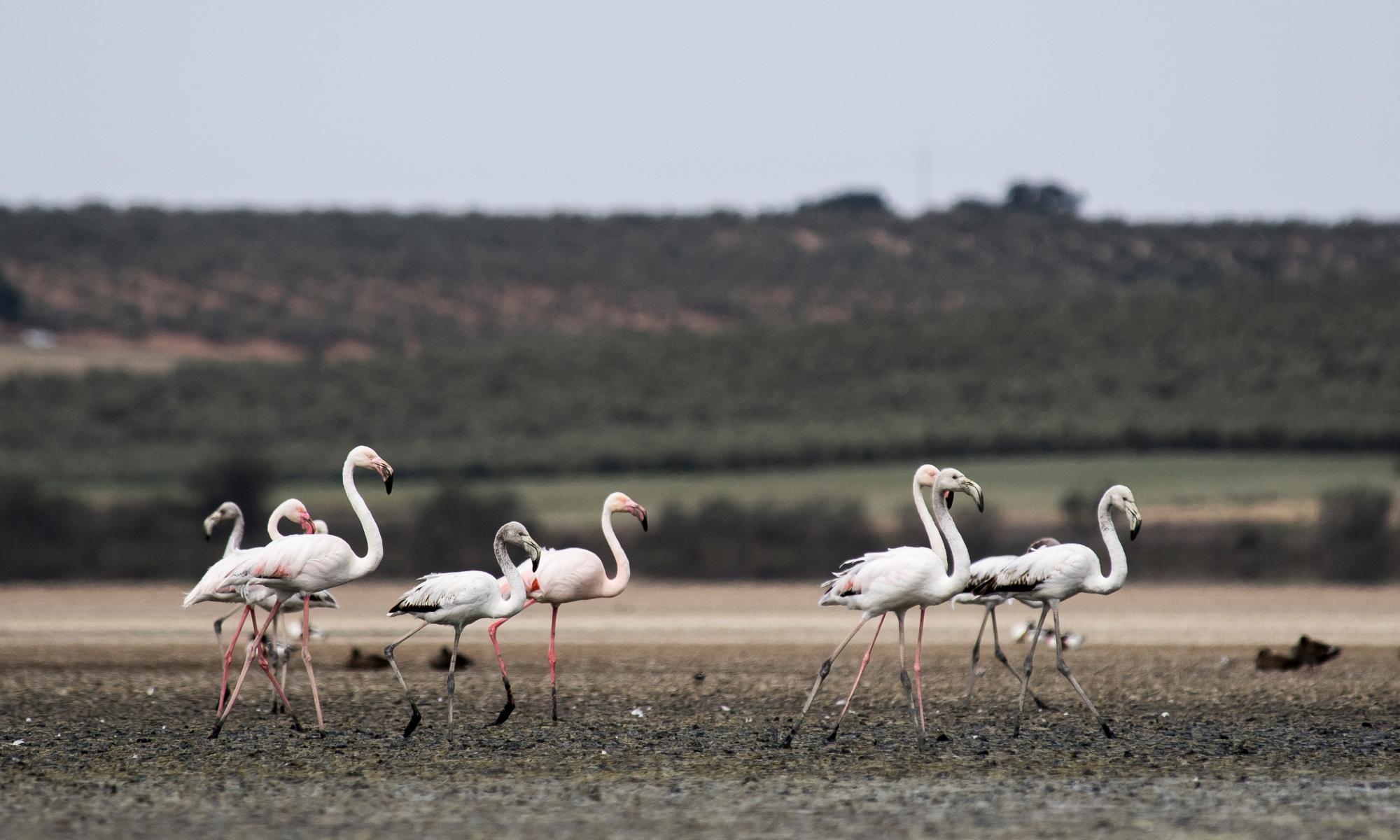There’s been much talk of the potent greenhouse gas methane this week – from global pledges to burping cows and expensive barbecues.
The Albanese government is considering joining 120 other countries that have already pledged to cut methane emissions by 30% by 2030.
So why is this greenhouse gas so important, where does it come from and what’s being done about it?
What is methane and where does it come from?
Methane is a powerful greenhouse gas. Over a 20-year period it causes 82 times as much heating of the atmosphere as carbon dioxide, or about 28 times if measured over 100 years.
But unlike carbon dioxide, which stays in the atmosphere for centuries (the emissions from Elvis’s Cadillacs are still warming the planet), methane’s impact is strong but short, lasting only about 10 years before it breaks down.
Methane has several natural sources, such as wetlands, lakes and termites, but human activity from coalmining, gas drilling and raising sheep and cows has pushed levels up in the atmosphere. Concentrations have risen more than 150% since industrialisation.
The UN’s climate assessment says methane has caused about 0.5C of global heating, second only to the 0.8C caused by carbon dioxide.
Dr Pep Canadell, an expert on global greenhouse gas emissions at the CSIRO, says cutting methane emissions is seen as “low hanging fruit” because it translates into temperature change quickly.
“But it cannot be a replacement for CO2 reduction,” he says. “The stabilisation of the climate is a function of the cumulative CO2 emissions in the atmosphere.
“But if we’re in an emergency we have to get temperatures down quickly and methane could do that job.”
He says to keep global heating well below 2C, CO2 emissions needed to be at net zero by the middle of this century. But non-CO2 gases – including methane – would need to be cut by about 50%.
For the last two years there have been record rises of methane levels in the atmosphere. Canadell says scientists are still trying to understand why levels are climbing so sharply.
What is the methane pledge?
Before last year’s major UN climate talks in Glasgow, the US president, Joe Biden, and the European Union asked countries to sign a pledge to cut methane emissions by 30% from 2020 levels by 2030.
Some 120 countries have signed it – including New Zealand, where agriculture accounts for 71% of emissions – but the Morrison government refused.
According to the pledge, reaching the target could shave 0.2C from global warming by 2050. The Albanese government has said it’s considering signing it, but is consulting with industry.
Farmers group NSW Farmers says it’s opposed, and the National Farmers Federation says it wants assurances that livestock won’t be taxed or further regulated.
How much does Australia emit?
The two key sources of methane are agriculture and the coal and gas industry.
When cows eat grass, bacteria in the animal’s rumen – a kind of stomach – breaks up the cellulose, releasing methane as a byproduct that the animals burp out.
When coalmines are dug, or gas is drilled, methane leaks out into the atmosphere.
According to offical government data, agriculture is responsible for 70m tonnes of CO2-e from methane. Next comes coalmining at 28m tonnes, followed by 18.7m tonnes from the gas industry and 9.5m tonnes from waste.
Suzanne Harter, a climate campaigner at the Australian Conservation centre, says: “It is in the fossil fuel industry where we are seeing those emissions going up. We have a real issue there, not just with the mines and gas projects already emitting methane, but also those that are in the pipeline.”
The cattle industry’s Meat and Livestock Australia group has a target to reach net zero greenhouse gas emissions by 2030 using approaches including tree planting, feed additives and pasture management.

But data from the International Energy Agency, analysed by progressive energy thinktank Ember, suggests emissions from coalmines could be double official estimates.
Campaigners have also held long suspicions that gas infrastructure leaks more methane than is officially estimated.
Harter says for those reasons, Australia’s official methane estimates should be taken “with a large pinch of salt”.
What is New Zealand doing about it?
New Zealand’s total emissions of greenhouse gases are dominated by methane from livestock.
About half of New Zealand’s greenhouse gas emissions are tied to agriculture, with about 70% of that due to methane that’s belched by cows.
The prime minister, Jacinda Ardern, announced this week the government wants farmers with large numbers of livestock to pay a levy on methane emissions, with the money raised to go into research to help the industry lower emissions.
How does Australia plan to tackle it?
When news emerged that the Albanese government was considering signing the methane pledge, the Nationals leader, David Littleproud, claimed the price of meat would rise. He said the government was trying to “take away the backyard barbecue”.
A spokesperson for the energy minister, Chris Bowen, said the global pledge was “an aspirational, global goal rather than a domestic target”.
The government’s reforms to the safeguard mechanism – a legislated tool meant to cap emissions from heavy polluters – would cover many larger emitters, the spokesperson said.
The government and industry have high hopes for livestock feeds supplemented with the seaweed asparagopsis, which has been shown in trials to greatly reduce the amount of methane cows produce.
Some $8m has been committed by the government to support the commercialisation of the seaweed supplements.
One challenge for farmers will be administering the feed effectively when cattle are grazing outside feedlots.


